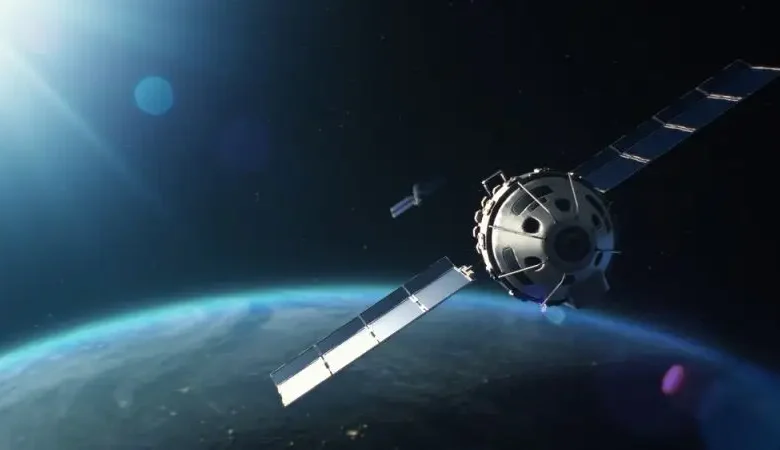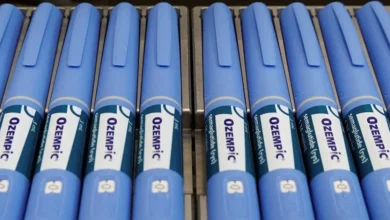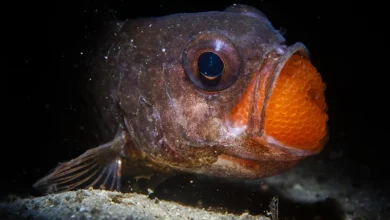How commercial satellites will help with NASA missions

Advancements in commercial satellite capabilities will enable NASA officials to transition to commercial systems to support its future near-Earth space missions.
NASA officials said the space agency will transition to commercial satellites on Nov. 8 while continuing use an existing Tracking and Data Relay Satellite system for existing missions.
“There have been tremendous advancements in commercial innovation since NASA launched its first TDRS satellite more than 40 years ago,” said Kevin Coggins, deputy associate administrator of NASA’s Space Communications and Navigation program.
“TDRS will continue to provide critical support for at least the next decade,” Coggins said. “But now is the time to embrace commercial services that could enhance science objectives, expand experimentation and ultimately provide greater opportunities for discovery.”
The move to commercial satellites is in line with NASA’s recent adoption of commercial crew, landers and transport services to support its Near Space Network, according to NASA.
The Near Space Network is a communications interface that supports NASA missions by incorporating commercial and government services.
Commercial entities are developing a space-based satellite communications market that will include NASA among its customers to support the space agency’s Communications Services Project.
The project includes $278.5 million in funding approved in 2022 to support six domestic commercial entities as they develop and demonstrate space relay communications.
The six domestic partners are SpaceX, Inmarsat Government, Kuiper Government Solutions, SES Government Solutions, Telesat U.S.Services and Viasat.
The International Space Station, Hubble Space Telescope and other Earth- and universe-observing missions will continue using the TDRS system until the mid-2030s, according to NASA.
“Each astronaut conversation from the International Space Station, every picture you’ve seen from [the] Hubble Space Telescope, Nobel Prize-winning science data from the COBE satellite and much more has flowed through TDRS,” said Dave Israel, chief architect of the Near Space Network.
“The TDRS constellation has been a workhorse for the agency [by] enabling significant data transfer and discovery,” Israel said.
The TDRS system has seven satellites in use, but NASA officials say each satellite is deteriorating at differing rates.
As each satellite nears the end of its service life, NASA will remove it from service.
The TDRS fleet started in 1983 and has used three generations of satellites over four decades.
Each generation improved upon the prior one with added radio frequency band support and improved automation capabilities.
The first generation of TDRS satellites was designed for 10 years of mission life but were used for 26 years until retired in 2009.
NASA deployed its current generation of TDRS satellites in 2017.









